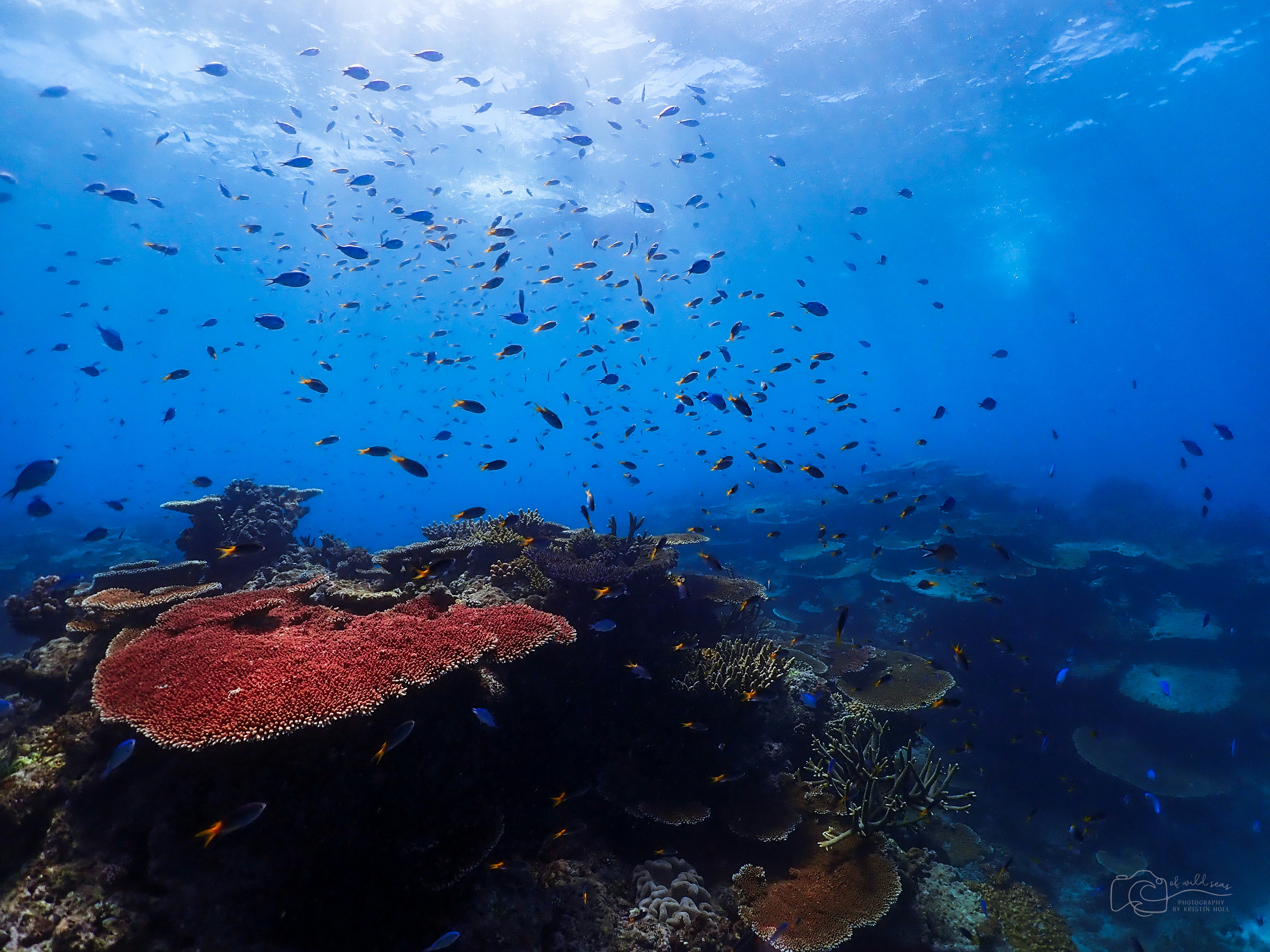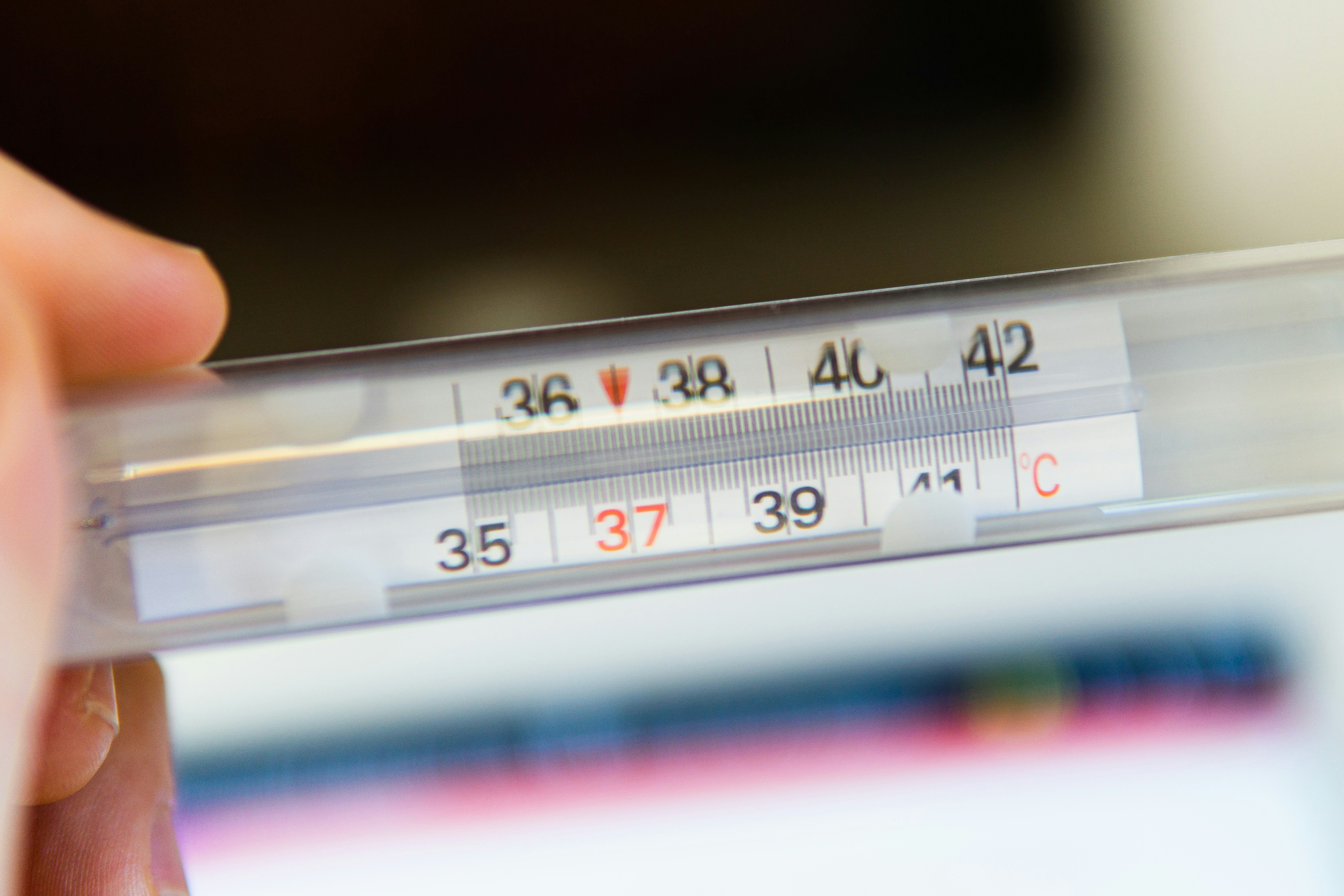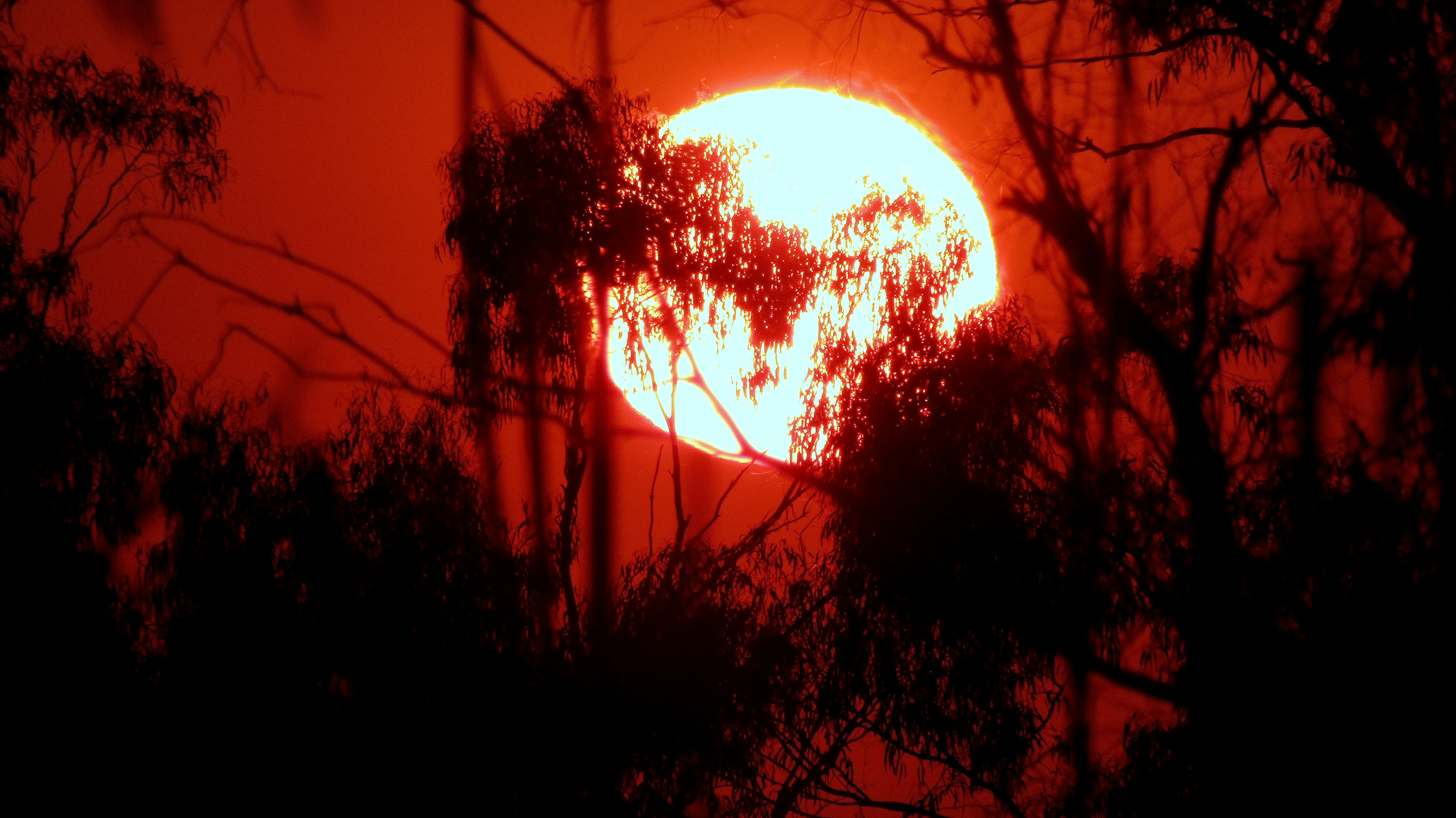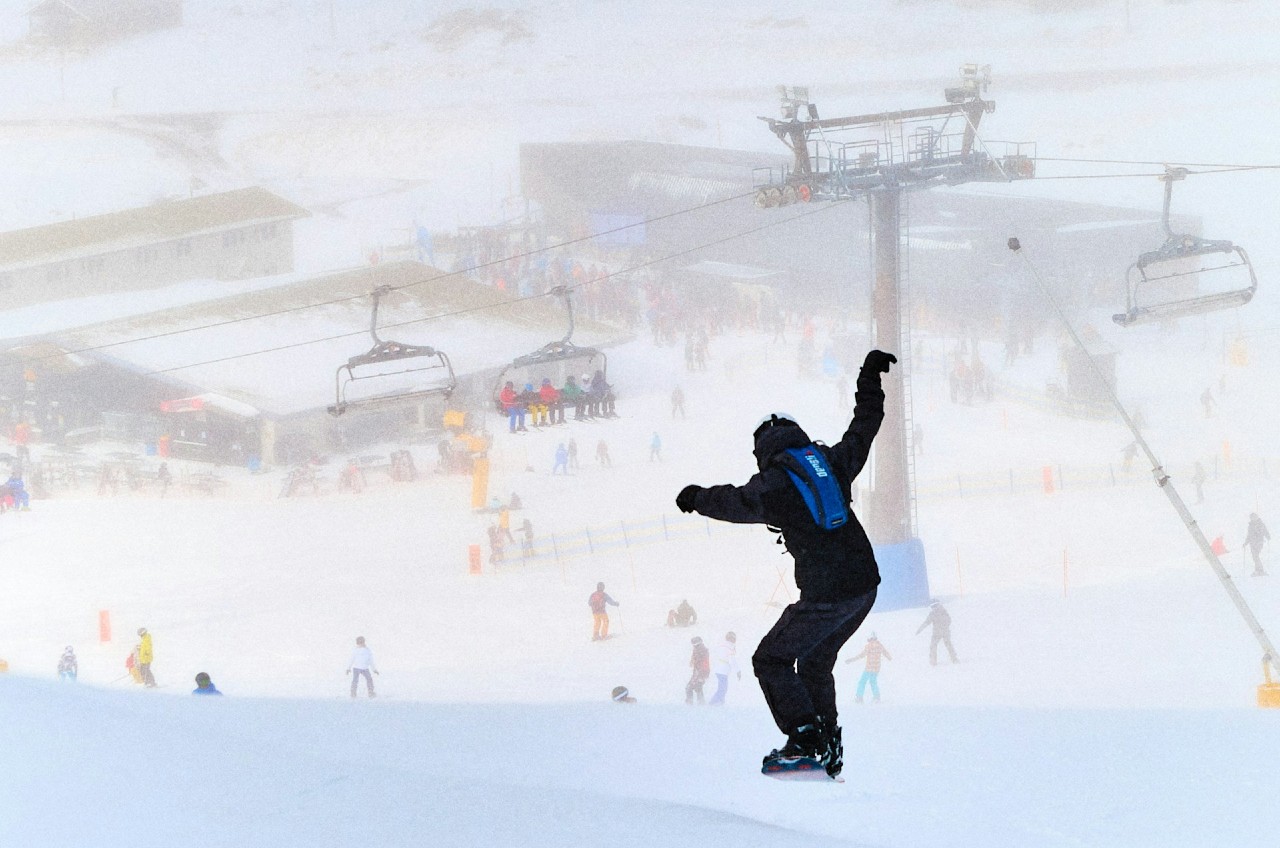We use cookies to improve your experience with Monash. For an optimal experience, we recommend you enable all cookies; alternatively, you can customise which cookies you’re happy for us to use. You may withdraw your consent at any time. To learn more, view our Website Terms and Conditions and Data Protection and Privacy Procedure.
Critical warnings in new State of the Climate report
Published on October 31, 2024The world is on track to hurtle past the Paris Agreement's global warming limits. Australia's average warming has already increased 1.5C.
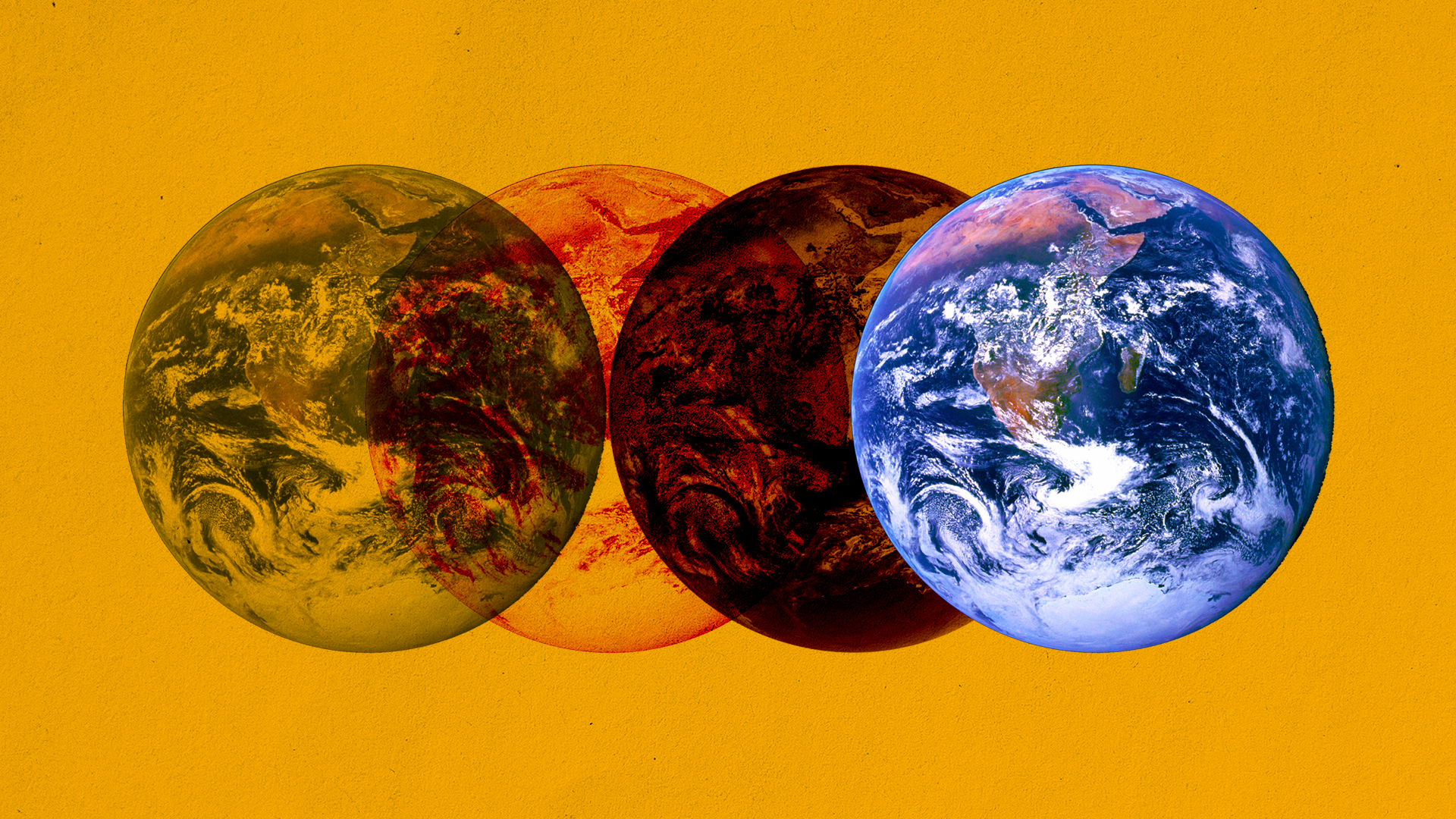 While emissions are declining in 26 countries and emissions growth is slowing in other countries, these efforts aren’t enough to reverse the growth in global fossil fuel emissions, Australia’s new State of the Climate report by CSIRO and The Bureau of Meterology finds. : Illustration by Michael Joiner, 360info Free to use
While emissions are declining in 26 countries and emissions growth is slowing in other countries, these efforts aren’t enough to reverse the growth in global fossil fuel emissions, Australia’s new State of the Climate report by CSIRO and The Bureau of Meterology finds. : Illustration by Michael Joiner, 360info Free to use
The world is on track to hurtle past the Paris Agreement’s global warming limits. Australia’s average warming has already increased 1.5C.
The world has entered a critical state of climate emergency.
We’re on track to hurtle past the Paris Agreement’s target of limiting the global temperature increase to 1.5 degrees Celsius, warns a research paper published by a team of international scientists in the journal BioScience.
Australia’s average temperature has already increased by more than 1.5C since national records began, the State of the Climate report released by the nation’s science agency CSIRO and The Bureau of Meteorology reveals today.
The report is released once every two years to assess changes and long-term trends in the country’s climate and weather.
The latest report warns that Australia’s sea levels are rising; its number of snow days are decreasing, and the nation’s rainfall is becoming more extreme.
“The future of our rainfall can seem a bit contradictory because it’s going to get drier and wetter,” says CSIRO’s climate research manager Dr Jaclyn Brown.
In Australia’s southwest and southeast, winters and wet seasons are getting drier, putting pressure on farming communities that rely on winter rainfall. Meanwhile, rainfall has increased across parts of northern Australia — and heavy short-term rainfall events are becoming more intense, sometimes causing flooding.
“There’s a rule that with every degree of warming gets 7 percent more rainfall, and it’s a bit higher for really heavy rainfall events,” says Dr Brown.
Globally, human-caused carbon dioxide emissions have plateaued over the past decade after a century-long increase, Australia’s state of the climate report finds. And while emissions are declining in 26 countries and emissions growth is slowing in other countries, these efforts aren’t enough to reverse the growth in global fossil fuel emissions.
Curbing our emissions must accelerate immediately to meet Australia’s 2030 emissions targets, the report says. The report also highlighted Australia’s role as a fossil fuel exporter, sending more than twice as much carbon dioxide overseas as it burned at home between 2010 and 2019.
As Australia faces one of the hottest summers on record and a future characterised by longer fire seasons and more intense bushfires, the stark findings serve as a timely warning.
With world leaders set to meet next month at the UN’s Climate Change Conference (COP 29) in Baku, Azerbaijan, the authors of the global report — which is unrelated to CSIRO and The Bureau of Meteorology, and is co-authored by a team led by Professor William Ripple, from the Oregon State University College of Forestry and Dr Christopher Wolf, from the Terrestrial Ecosystems Research Network in Oregon — are urging governments to commit to mitigating the impacts of climate change.
Their proposed solutions include shifting away from fossil fuels to low-carbon renewables, driving down methane emissions, and reducing waste and overconsumption.
Originally published under Creative Commons by 360info™.



